bokaap #bokaapcapetown #capetownculture #colorfulstreets #capetownheritage #capetownhistory #culturaldiversity #localtraditions #colorfulhouses #capetownattractions #capetownwonders #capetowntravel
Bo-Kaap, a vibrant and culturally rich neighborhood in Cape Town, offers a unique experience for visitors. With its colorful houses, historical landmarks, and bustling markets, there’s no shortage of things to do and see in this diverse community.
Whether you’re interested in exploring the oldest mosque in South Africa, sampling local cuisine, or immersing yourself in the rich history and culture of the area, this guide will provide you with all the essential information for a memorable visit to Bo-Kaap.
Get ready to embark on a visual and cultural adventure as we uncover the best things to do in this captivating neighborhood.
1. Introduction to Bo-Kaap
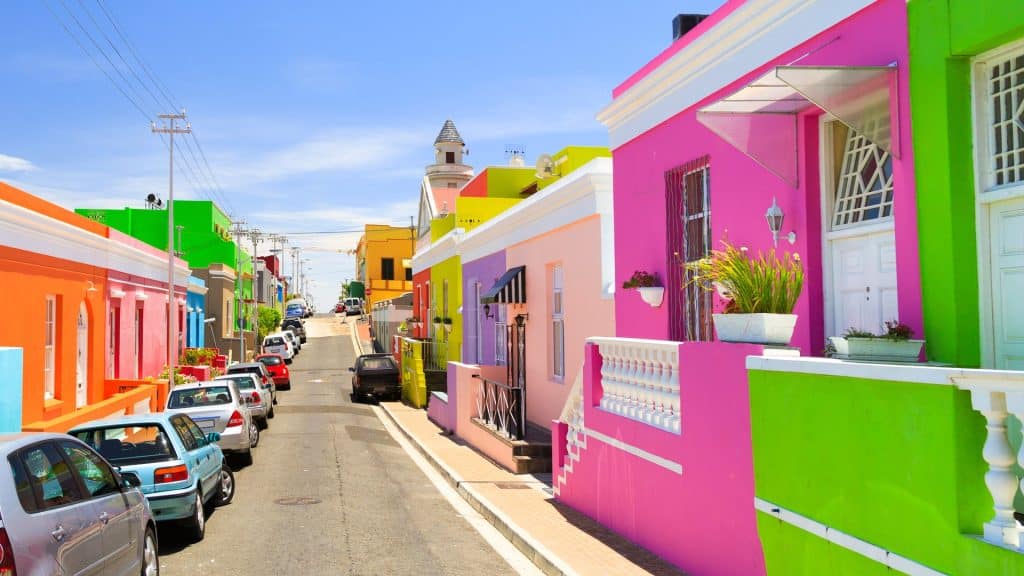
Historical background and significance
Bo-Kaap is a vibrant and colorful neighborhood located in Cape Town, South Africa. Also known as the Cape Malay Quarter, it is renowned for its rich historical background and cultural significance. The Cape Muslim community, the majority of whom were descendants of slaves brought from Indonesia, Malaysia, and other African nations, established the area in the 18th century. Today, Bo-Kaap remains a symbol of Cape Town’s diverse and multicultural heritage.
One of the notable landmarks in Bo-Kaap is the Bo-Kaap Museum, which offers insights into the history, culture, and traditions of the Cape Malay community. The museum is housed in a brightly colored Georgian building that is characteristic of the neighborhood’s aesthetic. Visitors can explore the exhibits, which include artifacts, photographs, and personal stories that depict the everyday lives of the residents.
Location and accessibility
Bo-Kaap is nestled at the foot of Signal Hill and is easily accessible from the city center of Cape Town. It is just a short distance away from popular tourist attractions such as Table Mountain and the V&A Waterfront. Visitors can reach Bo-Kaap by car, taxi, private shuttle, or public transportation.
For those interested in immersing themselves in the vibrant atmosphere of Bo-Kaap, taking a guided walking tour is highly recommended. These tours provide valuable insights into the history, architecture, and cultural traditions of the neighborhood as knowledgeable guides share fascinating stories and anecdotes.
2. Exploring the Colorful Streets of Bo-Kaap
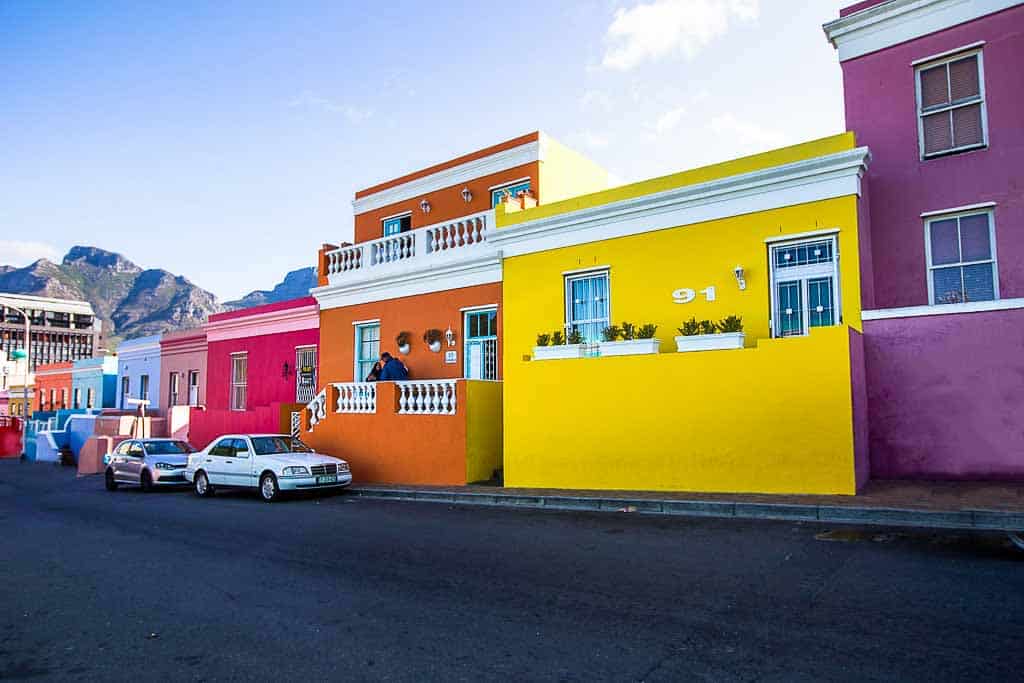
Bo-Kaap is one of Cape Town’s most vibrant and culturally diverse neighborhoods. Known for its brightly colored houses and rich history, exploring the streets of Bo-Kaap is a must-do for any visitor. Here are some of the best things to do in Bo-Kaap:
Walking tour of the neighborhood
Take a leisurely stroll through the colorful streets of Bo-Kaap and immerse yourself in the local culture. Marvel at the beautiful pastel-colored houses, each with its own unique history and charm. In recent years, Bo-Kaap has become a popular spot for Instagram-worthy photos, with its Instagrammable backdrop making it a favorite among influencers and photographers.
During your walk, make sure to visit the Bo-Kaap Museum, which provides insight into the area’s history and the Muslim community that resides there. Learn about the contributions of the Cape Malay people and their heritage, which have shaped the neighborhood into what it is today.
Photo spots and iconic landmarks
While exploring Bo-Kaap, be sure to visit some of its iconic landmarks and photo spots. One of the most photographed streets in Bo-Kaap is Wale Street, known for its rows of colorful houses. Capture the vibrant hues against the backdrop of Table Mountain for a picture-perfect moment.
Another must-see landmark is the Auwal Mosque, the oldest mosque in South Africa. Step inside and experience the tranquility and beauty of this historic place of worship.
For a unique cultural experience, consider joining a Cape Malay cooking class. Learn how to make traditional dishes and experience the flavors of the local cuisine. This hands-on activity allows you to connect with the community and learn more about their culinary traditions.
Overall, a visit to Bo-Kaap is a sensory delight with its vibrant colors, rich history, and warm community spirit. Whether you choose to explore the streets on foot, capture Instagram-worthy photos, or delve into the local culinary scene, Bo-Kaap offers a memorable and immersive experience for every visitor.
So, make sure to wear your most comfortable walking shoes, bring your camera, and come prepared to discover the beauty and charm of Bo-Kaap.
3. Cape Malay Cuisine and Food Culture
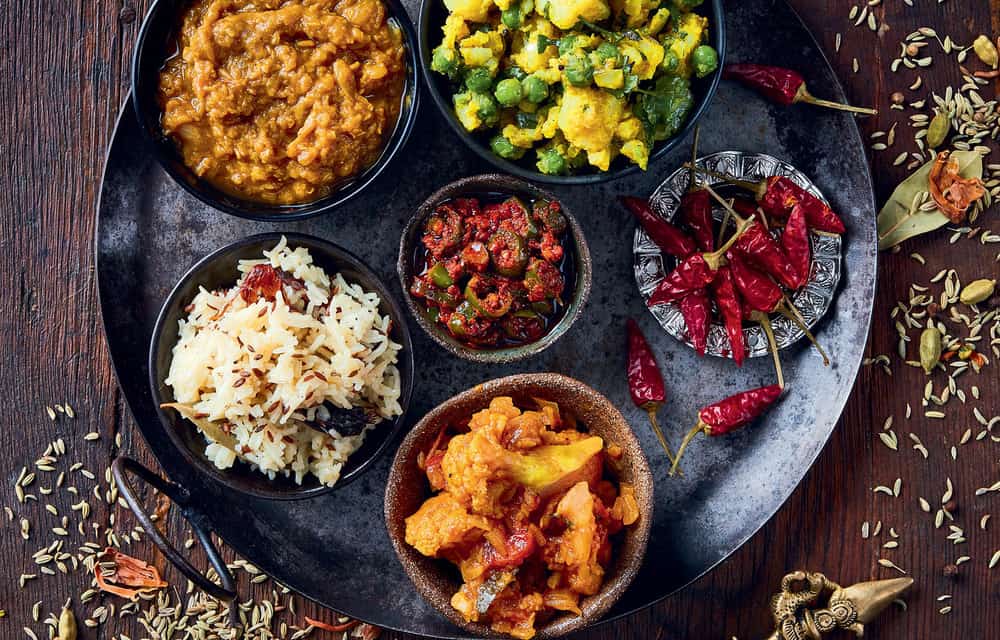
Introduction to Cape Malay Cuisine
Cape Malay cuisine is a unique and vibrant fusion of flavors and ingredients, influenced by the rich history of the Cape Malay community in South Africa. This cuisine is a result of the blending of Malay, Indonesian, and African culinary traditions brought about by the slave trade during the colonial era. Cape Malay cuisine is characterized by its bold flavors, aromatic spices, and diverse dishes.
The Cape Malay community has preserved its culinary heritage throughout the years, passing down recipes and cooking techniques from generation to generation. Today, Cape Malay cuisine has become an integral part of the vibrant food culture in South Africa, particularly in the colorful neighborhood of Bo-Kaap in Cape Town.
Popular dishes and where to find them in Bo-Kaap
When visiting Bo-Kaap, be sure to explore the diverse array of Cape Malay dishes and delicacies available. Here are some popular dishes and the best places to find them:
- Bobotie: A spiced meat dish topped with an egg-based custard, usually served with yellow rice and sambal. You can enjoy this classic Cape Malay dish at Biesmiellah restaurant in Bo-Kaap.
- Samoosas: are deep-fried pastry triangles filled with various savory fillings, such as spiced mince or vegetables. The best place to savor these delicious snacks is at The Samoosa Shop in Bo-Kaap.
- Rotis and Curry: Soft and flaky flatbreads served with flavorful curries The Bo-Kaap Kombuis is renowned for its authentic Cape Malay curry, served with homemade rotis.
- Koeksisters: A sweet and syrupy pastry, similar to a doughnut but with a unique twist. You can try these delectable treats at Atlas Trading Co., a popular spice shop in Bo-Kaap.
Exploring the vibrant streets of Bo-Kaap provides an excellent opportunity to immerse yourself in the rich Cape Malay food culture. From traditional family recipes to modern twists on classic dishes, the culinary offerings in Bo-Kaap are sure to delight your taste buds.
For more information visit Cape Malay cuisine.
4. Visit the Bo-Kaap Museum.
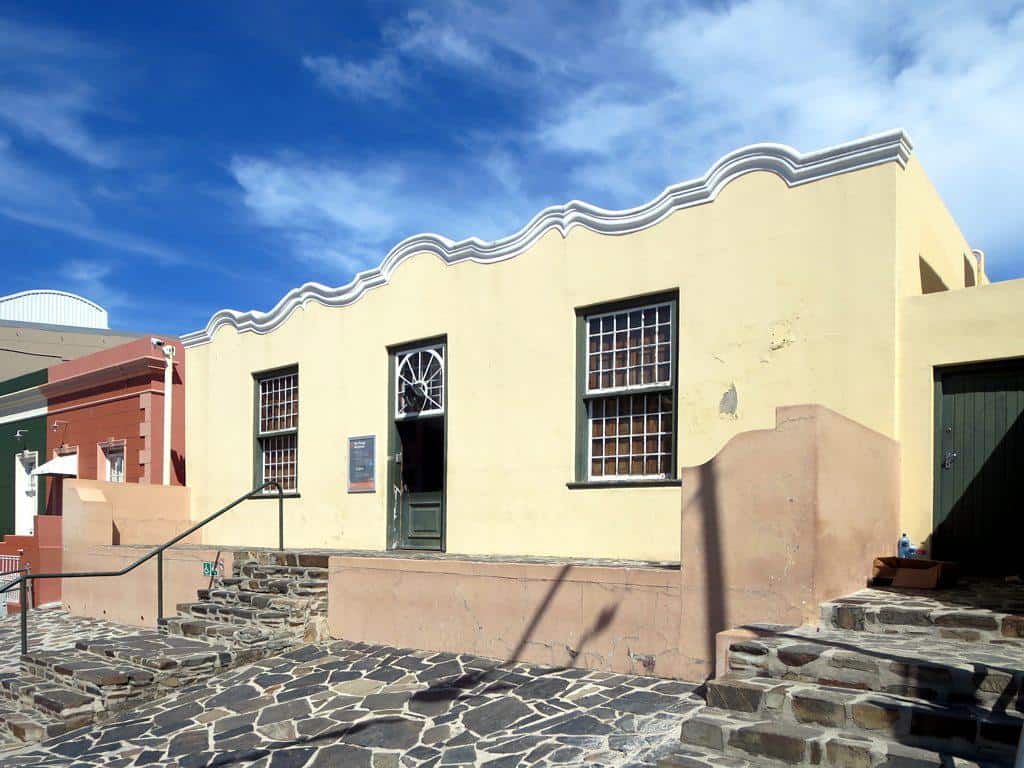
Located in the colorful Bo-Kaap neighborhood of Cape Town, South Africa, the Bo-Kaap Museum is a must-visit attraction for anyone interested in learning about the history and culture of the area. The museum provides a fascinating insight into the community’s heritage and traditions, making it one of the best things to do in Bo-Kaap.
History and exhibits at the museum: The Bo-Kaap Museum is housed in a beautifully preserved 18th-century building that was once home to freed slaves and their descendants. The museum displays a variety of exhibits that provide a glimpse into the history and lifestyle of the Bo-Kaap community. Visitors can explore the various rooms of the museum, which are furnished to depict different periods in the neighborhood’s history, from the original Muslim slaves to the present-day residents.
Insight into the community’s heritage and traditions: Visiting the Bo-Kaap Museum offers visitors a unique opportunity to learn about the rich heritage and traditions of the Bo-Kaap community. The museum showcases artifacts, photographs, and personal stories that highlight the community’s Islamic faith, cultural practices, and struggles for freedom. Visitors can gain a deeper understanding of the community’s traditions, cuisine, music, and language, providing an immersive experience of Bo-Kaap’s vibrant culture.
The Bo-Kaap Museum is a valuable resource for anyone wishing to delve into the history and cultural significance of the Bo-Kaap neighborhood. It offers a unique opportunity to learn about the diverse heritage and traditions that have shaped this vibrant community. Whether you are a history enthusiast or simply curious about different cultures, a visit to the Bo-Kaap Museum is an enriching experience that should not be missed.
Explore the Bo-Kaap Museum Like Never Before—With Your Own Private Chauffeur in Cape Town! Click here for more information.
5. Islamic Influence in Bo-Kaap
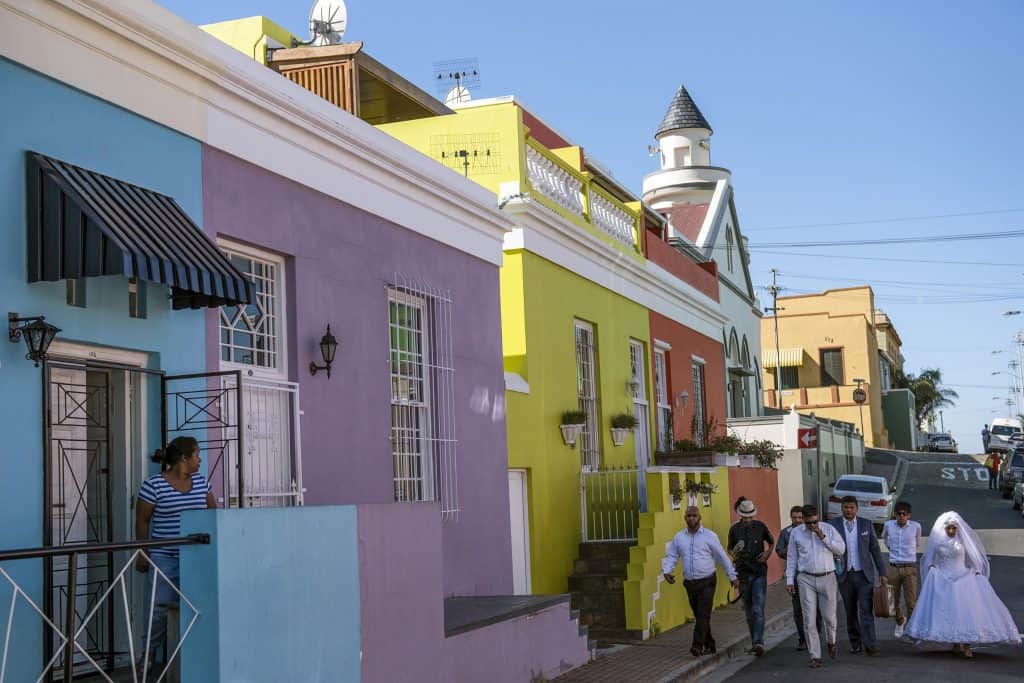
Bo-Kaap, with its vibrant cultural heritage, has a rich Islamic influence that is evident in its architecture, traditions, and celebrations. Here are some of the key aspects of Islamic influence in Bo-Kaap that visitors can explore:
Mosques and religious sites
One of the most iconic features of Bo-Kaap is its colorful mosques and religious sites. The area is home to several mosques, including the famous Auwal Mosque, which is the oldest mosque in South Africa. Visitors can admire the beautiful architecture and learn about the importance of these sites in the Islamic community. The Bo-Kaap Museum is also a must-visit, as it provides insights into the Islamic history and culture of the area.
Islamic festivals and events
Bo-Kaap is known for its vibrant Islamic festivals and events that showcase the community’s traditions and customs. One of the most significant events is the Cape Malay Choir Festival, where local choirs gather to perform traditional Islamic songs. The Cape Town Minstrel Carnival, also known as the “Kaapse Klopse,” is another highlight, where costumed troupes parade through the streets, celebrating the New Year according to the Islamic calendar.
During the holy month of Ramadan, the streets of Bo-Kaap come alive with festive lights and decorations as the community observes fasting and nighttime prayers. Visitors can experience the lively atmosphere and indulge in delicious traditional Malay cuisine during the evening breaking of the fast, known as “Iftar.”
Exploring the Islamic influence in Bo-Kaap is a fascinating way to delve into the rich cultural tapestry of the area. From the stunning mosques to the vibrant festivals, visitors can immerse themselves in the traditions and history of the Muslim community in this unique part of Cape Town.
6. Shop for Unique Souvenirs and crafts.
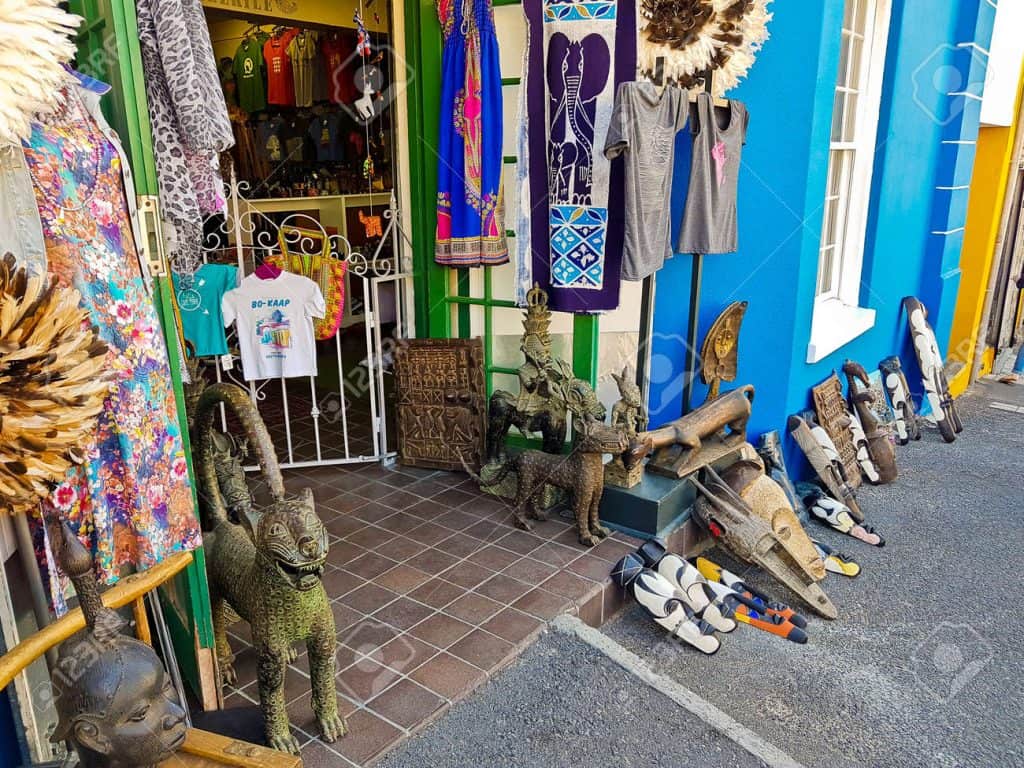
When visiting Bo-Kaap, don’t miss the opportunity to explore the local art and craft stores. These stores offer a wide selection of unique souvenirs and crafts that are perfect for bringing home a piece of this vibrant neighborhood. Here are some recommended art and craft stores in Bo-Kaap:
- The Bo-Kaap Museum Gift Shop: Located within the Bo-Kaap Museum, this gift shop offers a range of items that reflect the colorful culture and heritage of the neighborhood. From traditional clothing to handmade crafts, you’ll find something special to take home as a memento.
- Atlas Trading Company: While primarily known for its spices, Atlas Trading Company also has a collection of local handicrafts and souvenirs. You can browse through their wooden carvings, ceramic pottery, and traditional African jewelry.
- The Craft Market: Situated on Wale Street, the Craft Market is a haven for unique handmade crafts. Here, you’ll find a variety of items, such as beaded jewelry, woven baskets, and hand-painted ceramics. The market is also a great place to meet local artisans and learn about their crafts.
- The Bat Centre: This cultural hub showcases the work of local artists, including paintings, sculptures, and handmade crafts. The Bat Center also hosts regular workshops and events, providing visitors with an opportunity to engage with the artistic community in Bo-Kaap.
Visiting these art and craft stores not only supports local businesses but also allows you to discover the rich artistic heritage of Bo-Kaap. Don’t forget to explore the unique souvenirs and crafts on offer, as they make for meaningful and memorable mementos of your time in this vibrant neighborhood.
7. Bo-Kaap Street Carnival
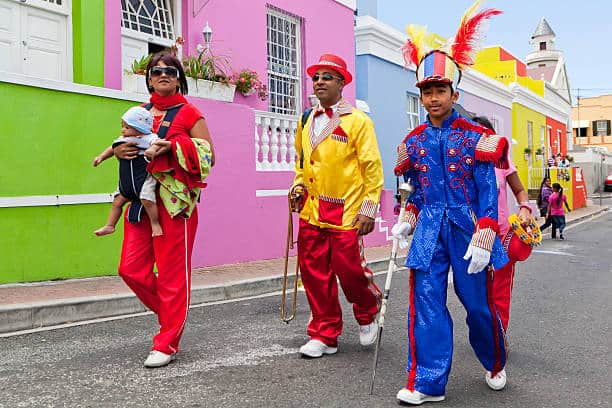
If you’re looking for a lively and vibrant cultural experience, the annual Bo-Kaap Street Carnival is a must-attend event. This colorful celebration takes place in the Bo-Kaap neighborhood of Cape Town, South Africa, and showcases the unique heritage and culture of the area.
During the Bo-Kaap Street Carnival, the streets come alive with parades, vibrant costumes, and energetic music. It’s a fantastic opportunity to immerse yourself in the local culture and witness the rich traditions of the Cape Malay community. The carnival features various live performances, including traditional dance and music, creating an electrifying atmosphere that will leave you captivated.
One of the highlights of the carnival is the active participation of the local community. People from all walks of life come together to celebrate their heritage and showcase their talents. You can expect to see enthusiastic dancers, talented musicians, and stunning displays of traditional arts and crafts.
Attending the Bo-Kaap Street Carnival is not just a visual spectacle but also a chance to indulge in the mouthwatering flavors of Cape Malay cuisine. You’ll find an array of delicious food stalls offering traditional dishes such as bobotie (a spiced minced meat dish) and koeksisters (a sweet pastry). Don’t miss the opportunity to taste these authentic culinary delights that reflect the multicultural history of the Bo-Kaap community.

As you explore the carnival, you’ll also have the chance to learn about the history and significance of the Bo-Kaap neighborhood. With its brightly colored houses and unique architectural style, the Bo-Kaap is a historical and cultural gem of Cape Town. It has a fascinating past rooted in the slave trade and the Cape Malay community’s heritage and is now a symbol of diversity and unity in South Africa.
Attending the Bo-Kaap Street Carnival is not only a memorable experience but also a way to support and appreciate the local community. By participating in this celebration, you contribute to the preservation and promotion of the Bo-Kaap’s cultural heritage.
Don’t miss out on this incredible opportunity to witness the vibrant culture of the Bo-Kaap during your visit to Cape Town.
8. Hiking the Lion’s Head for a Panoramic View of Bo-Kaap
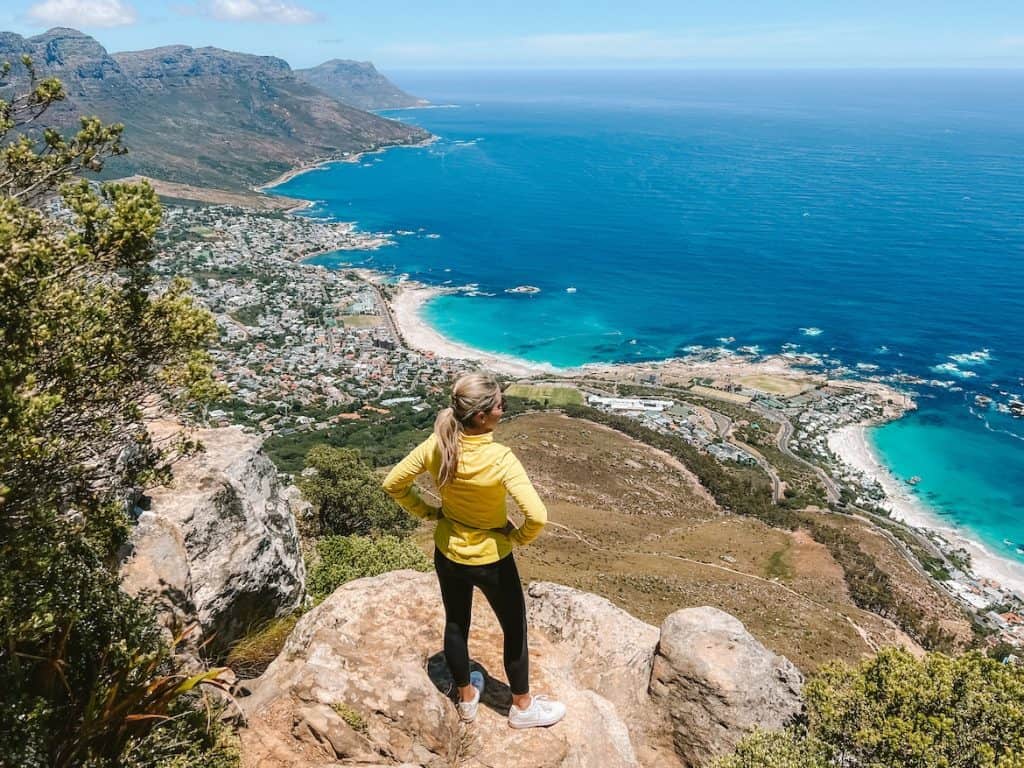
For outdoor enthusiasts and those seeking breathtaking views of Bo-Kaap and Cape Town, hiking Lion’s Head is a must-do activity. This iconic mountain peak offers a panoramic view of the city, the Atlantic Ocean, and the colorful houses of Bo-Kaap. Here are some tips to make the most of your hike and enjoy the stunning scenery:
1. Start early: The hike is best done in the early morning to avoid the heat and crowds. It takes approximately 1.5 to 2 hours to reach the summit, so plan your time accordingly.
2. Dress appropriately: Wear comfortable hiking shoes, light clothing, and a hat to protect yourself from the sun. Don’t forget to bring water and sunscreen.
3. Follow the marked trail: The trail is well-marked and relatively easy to follow, but it becomes steeper and more challenging towards the summit. Take breaks whenever needed and admire the stunning views along the way.
4. Capture the view: Once you reach the top, take some time to soak in the breathtaking panorama. Don’t forget to bring your camera or smartphone to capture the beauty of Bo-Kaap and the surrounding landscape.
5. Respect the environment: Remember to leave no trace by taking your trash with you and being mindful of your natural surroundings. Help preserve this beautiful hiking spot for future generations.
From the summit of Lion’s Head, you’ll have a bird’s-eye view of Bo-Kaap, with its vibrant houses, intriguing history, and rich cultural heritage. Take in the sight of Table Mountain and Signal Hill nearby and marvel at the beauty of Cape Town from this unique vantage point.
Whether you’re an experienced hiker or a beginner, a trek up Lion’s Head is a memorable experience that offers stunning views of Bo-Kaap and the surrounding area. Don’t miss the chance to immerse yourself in the natural beauty that this hike has to offer.
For more information on hiking Lion’s Head and other outdoor activities in the area, you can visit this page about Lion’s Head. Lace up your hiking boots and get ready for an unforgettable adventure in Bo-Kaap!
9. Local Community Initiatives and Projects
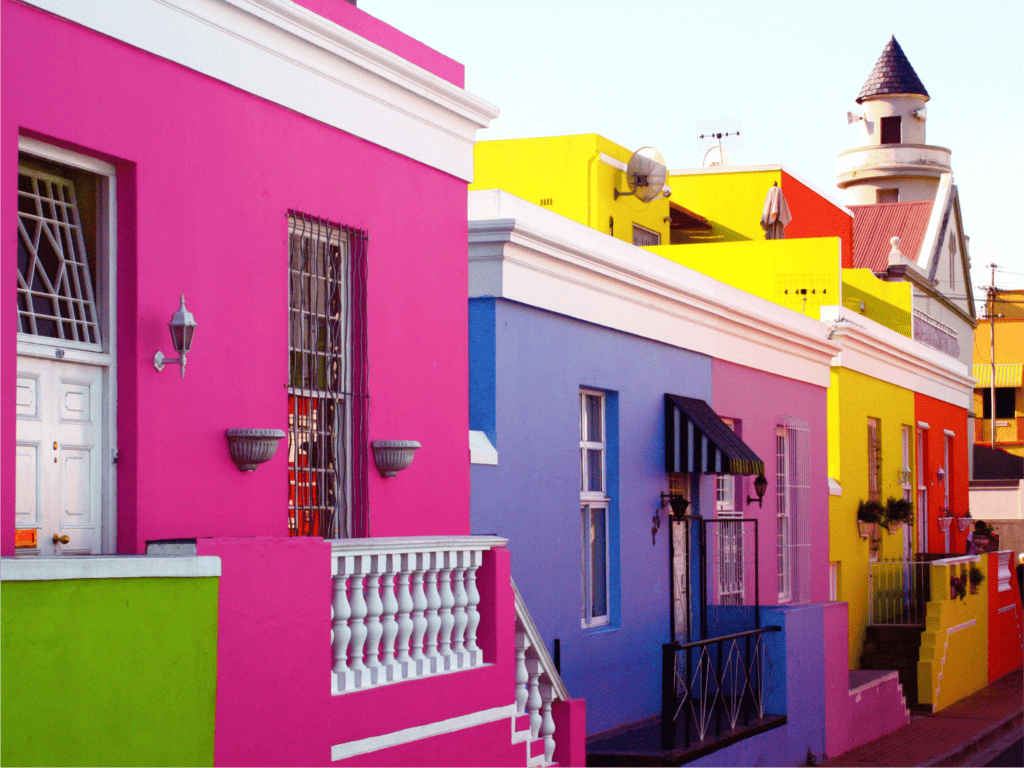
Social and cultural initiatives in Bo-Kaap
Bo-Kaap, known for its vibrant colors and rich cultural heritage, is not just a tourist attraction but also a community that takes pride in its history and traditions. Here are some local community initiatives and projects that you can explore during your visit to Bo-Kaap:
- The Bo-Kaap Civic Association: This association works towards preserving and promoting the unique heritage and identity of Bo-Kaap. They organize cultural events, heritage walks, and educational programs to create awareness and appreciation for the community.
- Bo-Kaap Creative Network: This network comprises local artists and artisans who showcase their work and collaborate to promote creativity in the community. You can visit art studios and galleries to admire and purchase their creations, ranging from paintings to crafts and jewelry.
- Bo-Kaap Museum: The Bo-Kaap Museum is a must-visit to learn about the history, culture, and traditions of the community. The museum is housed in one of the oldest buildings in the area and displays artifacts, photographs, and exhibits that provide insights into the lives of the residents.
- Cooking classes and food tours: Bo-Kaap is well known for its Cape Malay cuisine, which draws inspiration from the neighborhood’s Indonesian and Malaysian heritage. Join a cooking class or food tour to learn traditional recipes and indulge in flavorful dishes like bobotie, samoosas, and koeksisters.
- Bo-Kaap Heritage Society: The Bo-Kaap Heritage Society aims to protect and preserve the built environment of the neighborhood. They work to conserve historical buildings and promote responsible development that respects the unique architectural style of Bo-Kaap.
By supporting these local initiatives and projects, you not only contribute to the community’s sustainability but also gain a deeper understanding of Bo-Kaap’s rich cultural heritage.
Remember, Bo-Kaap is more than just pretty houses. It is a living, breathing community that continues to evolve while holding onto its traditions and heritage. Taking part in these initiatives and projects allows you to connect with the locals, learn their stories, and contribute to the preservation of this vibrant neighborhood.
So, the next time you visit Bo-Kaap, go beyond the surface and immerse yourself in the warmth and resilience of its people and their initiatives.
10. Practical Tips for Visiting Bo-Kaap
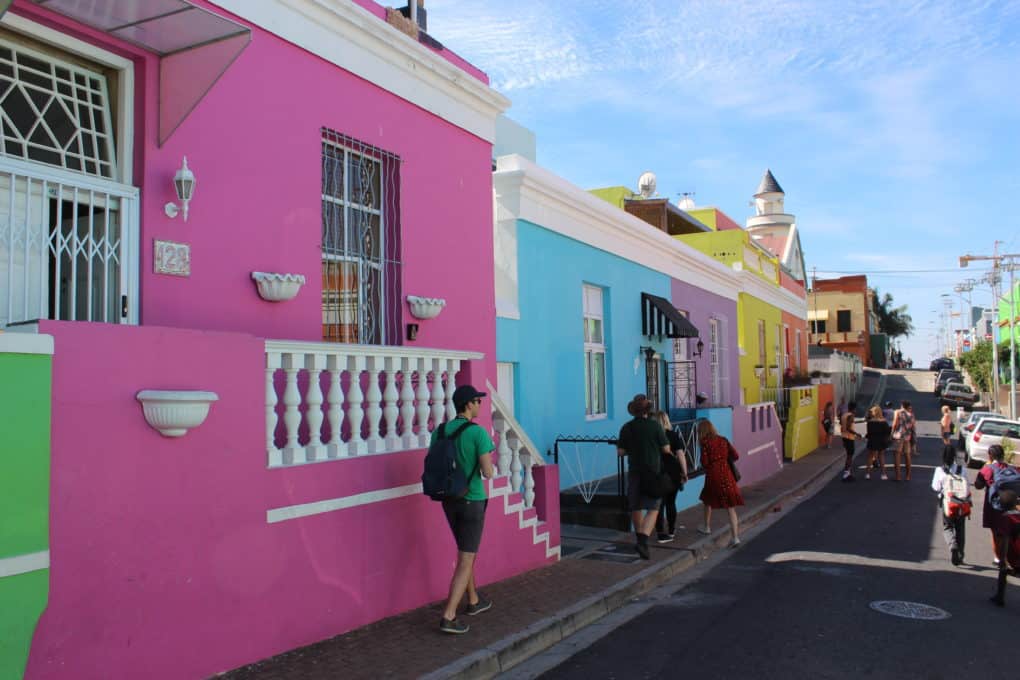
If you’re planning a visit to Bo-Kaap, here are some practical tips to ensure you have a great experience in this vibrant neighborhood:
Transportation options and parking
- The best way to reach Bo-Kaap is by public transport, private transportation, or taxi. There are numerous taxi services available, and buses connect the neighborhood well.
- If you prefer to drive, there is limited street parking available in Bo-Kaap. It is advisable to arrive early to secure a parking spot, or consider using a nearby parking garage.
- It’s also worth noting that Bo-Kaap is a pedestrian-friendly area, so you can easily explore the neighborhood on foot.
Best time to visit and recommended duration
- Bo-Kaap is a lively and colorful neighborhood that can be enjoyed throughout the year. However, the best time to visit Bo-Kaap is during the summer months (December to February), when the weather is warm and sunny.
- It is recommended to allocate at least a few hours to exploring Bo-Kaap thoroughly. This will give you enough time to stroll through its narrow streets, visit the local landmarks, and soak in the unique atmosphere.
- If you want to immerse yourself in the culture and traditions of Bo-Kaap, plan your visit during one of their festivals or events. The Cape Malay community celebrates Islamic holidays like Eid-ul-Fitr with vibrant street parades and delicious feasts.
So, whether you’re drawn to Bo-Kaap’s rich history, vibrant colors, or delicious cuisine, these practical tips will help you make the most of your visit. Enjoy exploring this charming neighborhood!
I hope this guide has given you a clear picture of the best things to do in Bo-Kaap. Whether you’re a local looking for hidden gems or a tourist wanting to explore this vibrant neighborhood, we’ve got you covered. Now, I want to hear from you. Have you visited Bo-Kaap before? What were your favorite things to do? Let us know on social media. Happy exploring!


